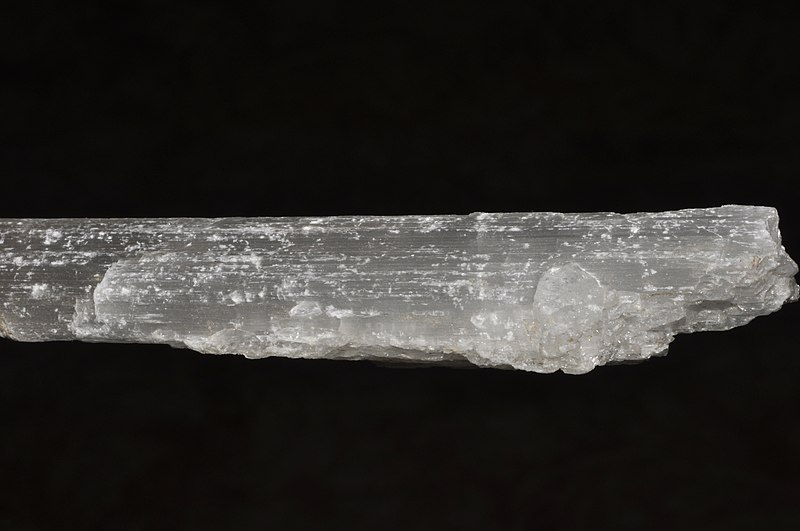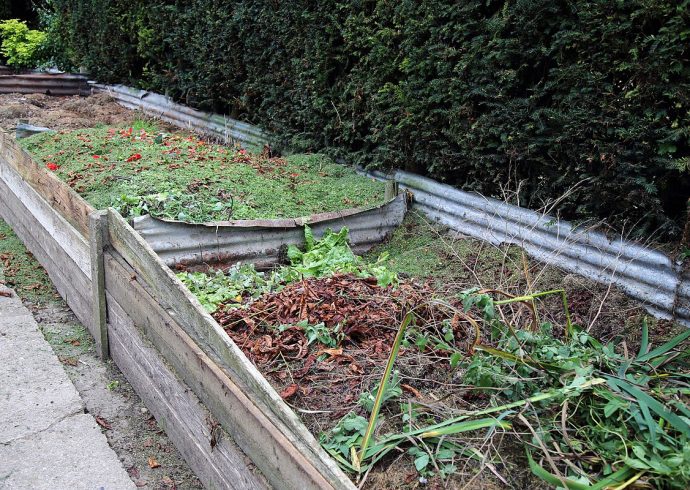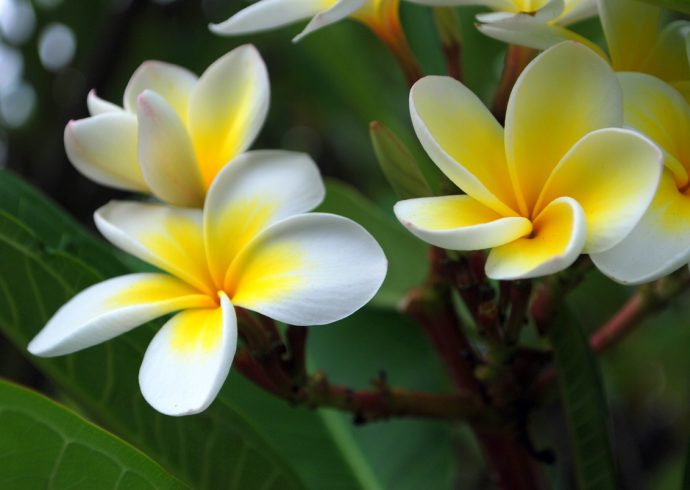
How Your Garden Can Benefit from Gypsum
Gypsum is a wonderful multi-purpose garden applicant that is inexpensive, available through most nurseries, and is easy to apply to a garden. This mineral does not just benefit poor soil, it also benefits flowers and especially vegetable gardens. Gypsum is also called hydrated calcium sulfate, so it contains two elements vital to plant growth: calcium and sulfur. Below are some uses of gypsum for your garden:
- Using gypsum to loosen clay soil. Gypsum can provide better soil drainage for your flowers and plants. If you have just moved to a new house and discover in your yard the soil is more like clay and you want to plant a garden, you can use granulated gypsum to condition the soil and make it more suitable for plants to grow in. Ideally, clay soil requires three years long for the soil to become more drainable from the gypsum application. This means that the granular gypsum only has to be applied to the garden area surface only once a year. If you already have a garden planted, or at least started where the soil is clay in texture (some plants do well in clay soil such as coneflowers, daylilies, and black-eyed Susans) and you want to modify the soil so you can plant flowers that require better drainage, you can still apply gypsum to the soil around the plants. Your flowers will love the calcium and sulfur in gypsum which benefits plant growth but you still have to add regular fertilizer to your garden. Best of all, gypsum is non-toxic so you can allow your pets to roam your yard right after the gypsum is applied to your garden.
- Pure gypsum and not a gypsum byproduct can also be used to fertilize plants in your garden. While all plants require calcium to help develop the cell wall and membranes to ensure full plant growth, the sulfur component in gypsum helps create amino acids in a plant that can manufacture proteins in the plants. In a vegetable garden, gypsum is handy here because it encourages the growth and mature development of the vegetables. Farmers know the value of gypsum because the mineral increases crop yields. Plants that love acid soil such as azaleas, rhododendrons, hydrangeas, gardenias, camellias, dogwood trees and magnolia trees will appreciate an application of gypsum as a fertilizer. Pure gypsum itself won’t change the pH balance of the soil so it is safe to use as a fertilizer for plants that thrive on acid soil.
- Gypsum also helps earthworms to increase in your garden soil. These little guys know how to do their job in the ground – they cause the air to circulate through the soil, and to keep the soil aggregated. Once gypsum is applied to the soil surface, earthworms will be more abundant after three years and they will be happy you created this soil liveable just for them. Chances are you will see more earthworms when garden maintenance arises – weeding, planting, and what not. It is perfectly proper to thank the earthworms if you should see some coming up to the surface while you work in your garden.
- Gypsum can also increase any other soil applications to your garden. This includes fertilizer and lime. Lime is frequently added to boost the pH in acid soils. What gypsum does here is that it increases the time it takes for lime to travel beneath the soil so that the soil absorbs the lime more quickly for plants that require acid. I recommend applying the gypsum to your garden soil before lime is applied. Gypsum can be applied to soil at any time of the year while lime is recommended during the early spring, fall or winter.
- Gypsum can also be used to create soil that is more tillable. Soils that tend to be barely wet can easily form clumps and make it difficult to remain loose and drainable. The presence of gypsum in soil of this nature can also prevent the soil from becoming compacted once it is dried. Clay soil is a good example of where compaction and the creation of soil clumps can occur if there is no gypsum present.
To apply gypsum:
A small fertilizer spreader is the best tool to use for this purpose if you have not yet planted your garden. Depending on how big your garden is, five pounds of gypsum per 125 square feet is suitable for each yearly application. Immediately after the gypsum is applied, water it using a lawn or hose sprinkler. Gypsum is powerful enough to penetrate clay soil on its own and loosen the soil over a three year period. Gypsum, when applied to clay soil, forces sodium ions in the soil apart and make the nutrients in the soil more easily accessible by the plants roots. A colander can be used to spread the gypsum around each plant. As with the pre-garden gypsum application, water after each yearly application. Again, the drawback here is that it will be three years until you can plant flowers like cyclamen, orchids, and many other flowers that require well drained soil.
The pro of using gypsum in your yard is that it is a multi-purpose applicant. There is no need to dig the soil around each plant and mix in the gypsum. It will penetrate the soil in time and provide growth supplements to your flowers and at the same time keep the soil well drained.
Probably the major drawback in using gypsum in your garden is the length of time it takes for the mineral to penetrate the soil and do its job. Three years seems like a long time for gypsum to take effect but keep in mind that it takes time for gypsum to interact with the soil to make it more suitable for plant growth. You can slowly introduce plants that require better soil each subsequent year after the first year’s application of gypsum. Below is a list of some plants that can grow in clay soil (with added compost) to moderate clay soil:
Clay soil:
Coneflower
Black-eyed Susans
Daylilies
Heliopsis
Geranium
Moderate clay soil:
Petunias
Snapdragons
Nasturtiums
Bachelor’s buttons
Cosmos
Pansies
Verbena
Once your garden has gypsum as part of its diet, the soil will improve, and your plants and flowers will blossom throughout the year.


